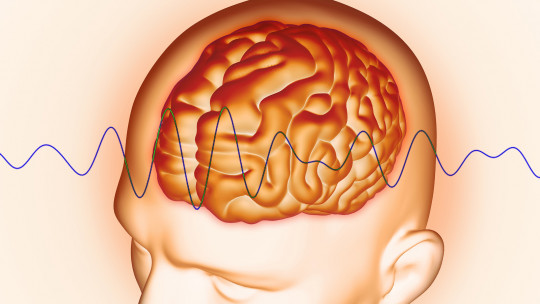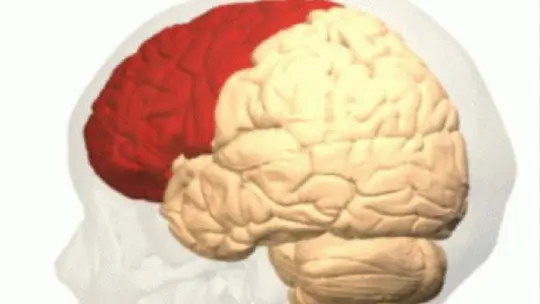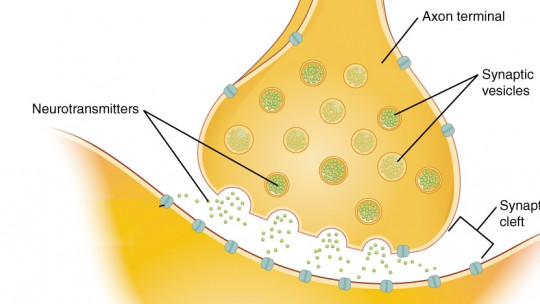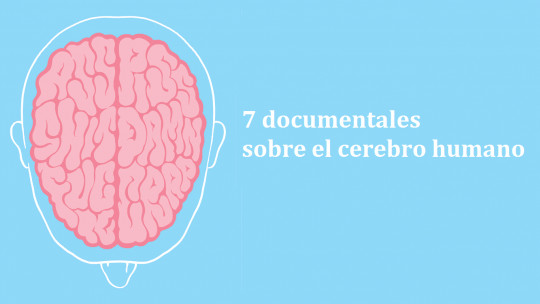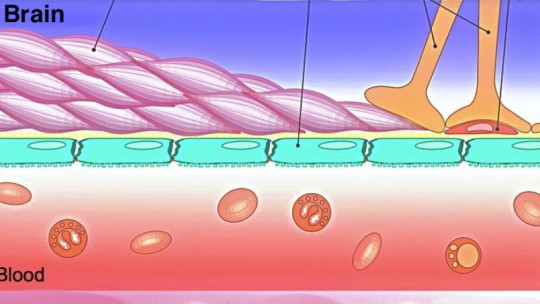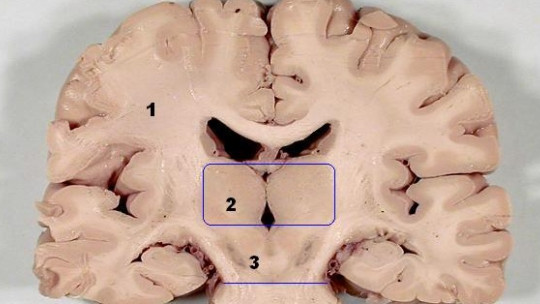The brain is one of the most important elements to guarantee the proper functioning of our vital functions. In fact, it is so important that any problem in this organ could interfere with our daily lives. Medicine has been interested in understanding its functioning in detail, carrying out hundreds of investigations aimed at making visible the main mechanisms that act in the processes it carries out.
The complexity of the human mind can take us to unimaginable limits. For this reason, research is still ongoing about it today. In this PsychologyFor article we will provide you with information about the types of brain waves
What are brain waves
Before explaining what brain waves are, it is important to understand how neural communication occurs. In general terms, the neurons found in the brain connect to each other through a process called synapses, which consists of the transmission of information through chemical substances. This procedure is repeated every time two neurons communicate through their ends.
In this way, the synapse gives rise to brain waves, which consist of electrical impulses that have various intensities Likewise, this fact denotes differences in the speed of information processing, since some brain waves may be faster than others.
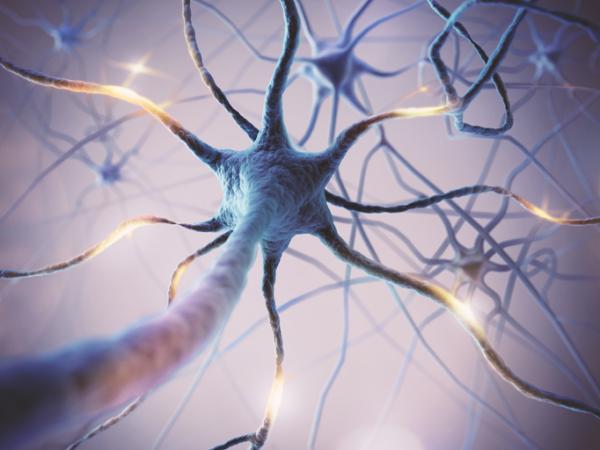
Gamma waves
Gamma brain waves are electrical impulses that have the highest frequency In general terms, the Gamma brain wave oscillates between 25 and 100 Hz, although its most common frequency is located at 40 Hz.
Gamma waves are associated with the perception of stimuli during states of consciousness, because in these cases the possibility of focusing attention is higher than in other situations. In turn, this type of brain waves allow the processing of information linked to tasks of considerable cognitive demand.
Beta Waves
These brain waves are not as intense as Gamma waves. However, its frequency ranges from 12 to 33 Hz intensity. Beta brain waves manifest when carried out high cognitive functioning activities that require specific skills and abilities.
Likewise, a high attentional focus appears here, since a high degree of concentration on the part of the person is necessary. Some examples of this type of activity could be public speaking or giving a speech, among others.
Alpha Waves
Alpha waves are electrical signals that have an intermediate frequency, with an intensity that ranges between 8 and 13 Hz. Unlike the brain waves that we have previously explained, Alpha waves manifest themselves in states of mental and physical relaxation
For this reason, the main function of this type of brain wave is to give reassurance warnings in certain situations that require it. In this way, Alpha waves can occur, for example, during moments of meditation or during reactive activities.
Theta waves
This type of brain waves have a lower intensity than those mentioned above, with a general range of 3.5 to 7.5 or 8 Hz. Theta waves promote body relaxation and they are responsible for intervening in the moments before falling asleep.
For this reason, the functioning of Theta Waves is vital when it comes to prolonging moments of relaxation throughout life.

Delta waves
Finally, Delta waves are the lowest type of brain waves. These electrical signals have a low frequency, since they oscillate between 1 and 3 Hz, resulting in moments of deep mental and physical relaxation in people.
Delta waves affect many vital functions that are carried out involuntarily, such as the regulation of heart rate, blood pressure, respiratory rhythm or the deep sleep cycle, among others. Therefore, Delta waves can be indirectly related to the decrease in alertness produced by the body in stressful situations.

This article is merely informative, at PsychologyFor we do not have the power to make a diagnosis or recommend a treatment. We invite you to go to a psychologist to treat your particular case.
If you want to read more articles similar to Types of brain waves we recommend that you enter our Neurosciences category.
Bibliography
- Barrera, R. (2017). EvoEEG: a study based on the analysis of brain waves using a brain-computer interface. Center for Scientific Research and Higher Education of Ensenada, Baja California.
- Superior Council of Scientific Investigations. The brain uses different rhythms of slow and fast waves to adapt to cognitive demands. Recovered from: https://www.csic.es/sites/default/files/11agosto2020cerebro_ondas.pdf
- García Rodríguez, AE (2015). Brain wave analysis to determine emotions from visual stimuli. Veracruz University. Faculty of Statistics and Informatics.

